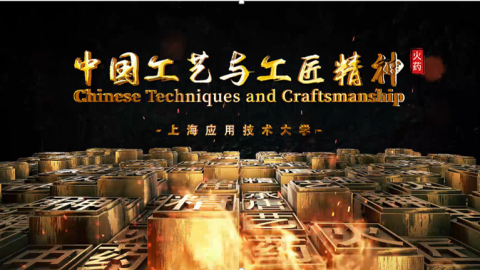The Chinese Pavilion, known as the Oriental Crown, was the highlight of the 2010 Shanghai World Expo. Inspired by traditional Chinese architecture, its unique shape, with larger upper layers resembling an emperor's crown, symbolizes China's long - standing culture. Painted in traditional red, the pavilion covers 160,000 square meters and stands 63 meters tall.
Inside, it showcases China’s urban development and cultural heritage. The “Footprint of the East” on the top floor displays China’s city evolution, while the “Journey of Wisdom” introduces the Four Great Inventions. With modern energy - saving technologies, it also reflects the Expo theme “Better City, Better Life”, blending tradition with innovation perfectly.
The term "Chinese Pavilion" can refer to different structures depending on the context, but it most commonly describes traditional or modern architectural pavilions that embody Chinese cultural aesthetics, historical significance, or serve as symbolic spaces. Here’s a breakdown of its key meanings and examples:
1. Traditional Chinese Pavilions (亭,Tíng)
In classical Chinese garden design and architecture, a pavilion (tíng) is a small, open-sided structure with a roof, often built for scenic viewing, rest, or cultural ceremonies. Key features include:
- Architectural Style:
- Typically constructed with wooden pillars, curved tile roofs (often with upturned eaves), and no walls, allowing natural light and ventilation.
- Decorative elements like carved beams, lattice windows, and calligraphy plaques reflect Confucian, Taoist, or imperial aesthetics.
- Cultural Significance:
- Pavilions are central to classical gardens (e.g., Suzhou’s Humble Administrator’s Garden), symbolizing harmony with nature and serving as settings for poetry, painting, or tea ceremonies.
- Historical examples include the Jade Spring Pavilion (玉泉亭) in Beijing’s Summer Palace and the Hao Pu Pavilion (濠濮亭) in the Forbidden City, reflecting imperial grandeur.
- Symbolism: Represent tranquility, scholarly refinement, and connection to landscapes, often named after poetic concepts (e.g., "Pavilion of Listening to Orioles").
2. Modern Chinese Pavilions (Exhibition/Expo Pavilions)
In contemporary contexts, a Chinese Pavilion often refers to national pavilions at international expositions (e.g., World’s Fairs) or cultural events, designed to showcase China’s heritage, innovation, and global vision. Notable examples include:
2010 Shanghai World Expo Chinese Pavilion
- Design: Inspired by ancient Chinese architecture, particularly the dougong (斗拱,interlocking wooden brackets) and the color red (symbolizing good fortune). The structure resembled an "oriental crown," with a massive, tiered roof.
- Theme: "Oriental Footprint," highlighting China’s urban development, ancient wisdom (e.g., the 《清明上河图》Along the River During the Qingming Festival digital mural), and sustainable future.
- Legacy: Became an iconic landmark, later renamed "China Art Museum" and housing art exhibitions.
2020 Dubai Expo Chinese Pavilion
- Design: Titled "China’s Light," the pavilion combined traditional elements (e.g., lanterns, calligraphy) with modern tech. Its spiral structure symbolized the "Silk Road" and China’s commitment to global cooperation.
- Exhibits: Showcased achievements in space technology, renewable energy, and cultural heritage (e.g., Dunhuang murals, intangible cultural heritage).
3. Cultural and Symbolic Pavilions
- Temporary or Ritual Pavilions:
Built for special events like weddings, festivals, or imperial rituals. For example, the Temporary Pavilion for Ancestral Worship during the Qing Dynasty’s Lunar New Year ceremonies. - Spiritual/Religious Pavilions:
Found in temples or sacred sites, such as pavilions housing Buddhist statues or Taoist altars, blending architecture with spiritual practices.
Key Themes in Chinese Pavilion Design
- Harmony Between Man and Nature: Integrating with landscapes (e.g., pavilions on hills, by lakes).
- Historical Continuity: Balancing ancient motifs (e.g., traditional roof styles) with modern innovation in expo pavilions.
- Cultural Diplomacy: Using architecture to communicate China’s values, such as peace, sustainability, and shared prosperity.
Whether ancient garden structures or modern expo landmarks, Chinese pavilions embody the nation’s artistic heritage and evolving global identity.
1 所有答案
添加答案
 您确定给 “0” 位老师发送协议吗?
您确定给 “0” 位老师发送协议吗?





